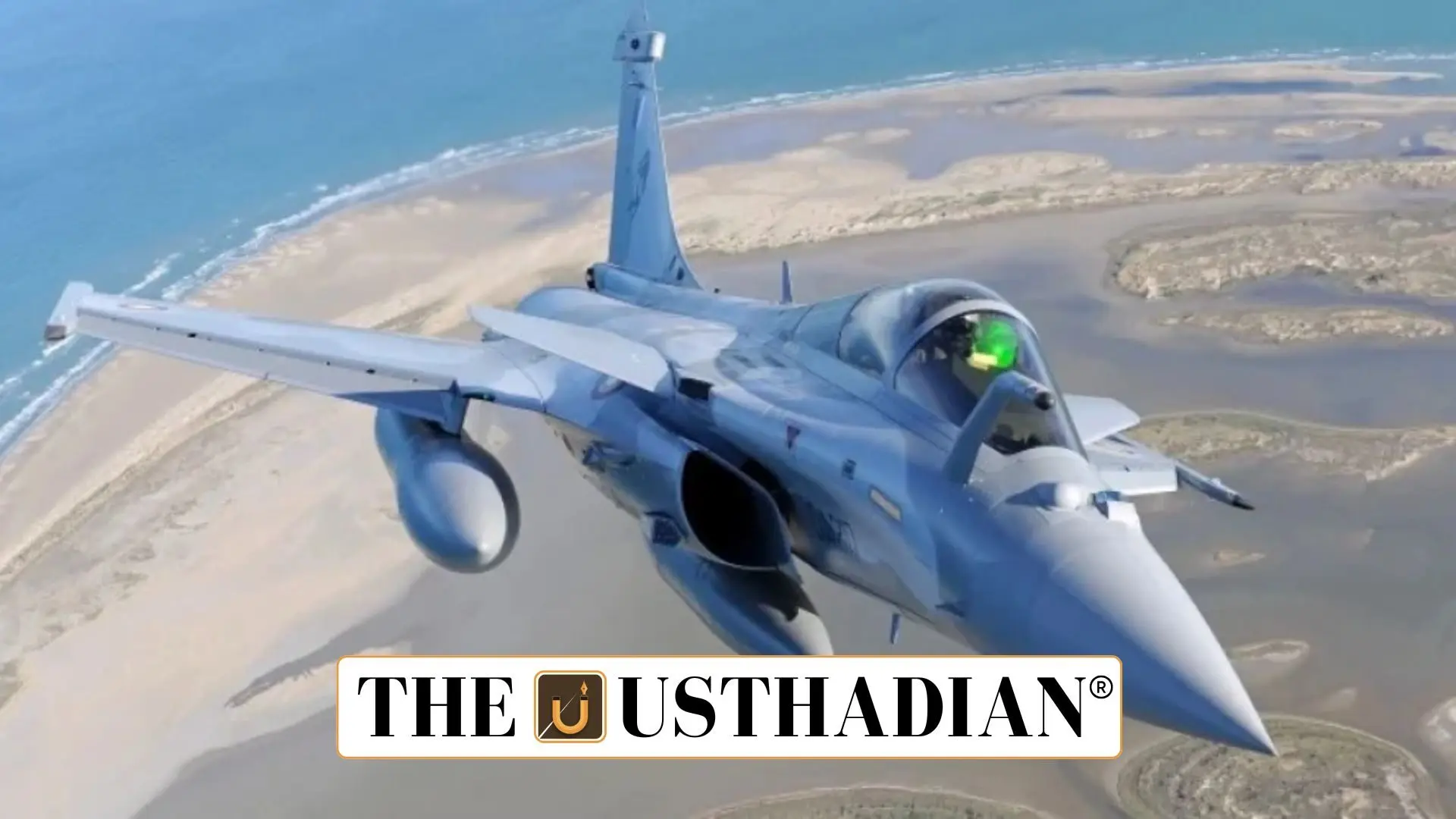Current Rafale Strength in the Indian Air Force
India’s Rafale Jet Strength: Current Numbers, Naval Expansion, and Strategic Importance: As of 2025, India operates 36 Rafale jets, all of which were delivered under the €7.87 billion deal signed with France’s Dassault Aviation in 2016. These jets have been inducted into the No. 17 ‘Golden Arrows’ squadron at Ambala Air Force Station (Haryana) and Hasimara Air Force Station (West Bengal), giving India strong air superiority along both its western and eastern borders. The Rafale, a 4.5-generation multirole fighter, is equipped with cutting-edge radar, Meteor missiles, and stealth features, making it central to India’s current and future air defence operations.
Losses and Operational Status
There are unconfirmed reports suggesting that India may have lost up to three Rafale jets in combat-related missions. While the Indian Air Force has not officially acknowledged these losses, statements from Air Marshal A.K. Bharti hint at possible engagements involving Rafales. Despite this, the operational fleet remains robust, with at least 33 jets still active and forming a key layer of India’s strategic deterrence capabilities.
Rafale Marine Jets for the Indian Navy
In a major development, India signed a deal in April 2025 to acquire 26 Rafale Marine jets for the Indian Navy. These carrier-based aircraft will be deployed on INS Vikrant and other upcoming carriers. The Rafale-M variant is customized for naval operations, featuring arrestor hooks, reinforced undercarriage, and short-runway capabilities. Deliveries are expected to start from 2028, significantly enhancing India’s blue-water navy air strike capacity and maritime security posture in the Indian Ocean region.
Deployment and Industrial Cooperation
India’s Rafale jets are strategically based at:
- Ambala Air Base (Haryana) – to cover Pakistan and Western borders
- Hasimara Air Base (West Bengal) – to cover the China and Eastern sector
These dual locations allow the IAF to operate with high mobility and readiness on both fronts. Additionally, the Rafale deal included components of technology transfer and industrial collaboration, involving HAL and Indian defence firms. This supports the broader ‘Make in India’ initiative, laying the groundwork for domestic defence production and maintenance ecosystems.
Strategic Relevance and Future Outlook
Rafale jets are a cornerstone of India’s modern combat doctrine. With features like superior electronic warfare systems, precision strike capability, and beyond visual range weapons like the Meteor missile, the Rafale plays a key role in multi-theatre operations and joint-force interoperability. Given rising border tensions and the push for defence self-reliance, India is likely to expand the Rafale fleet further. Future deals could also include domestic assembly lines, enhancing India’s position in the global defence manufacturing chain.
STATIC GK SNAPSHOT
| Topic | Details |
| Total Rafales in IAF (2025) | 36 delivered (2019–2022) |
| Base Locations | Ambala (Haryana), Hasimara (West Bengal) |
| Possible Losses | Up to 3 jets (unconfirmed) |
| Rafale Marine Jets Ordered | 26 jets (April 2025 deal) |
| Rafale-M Deployment | INS Vikrant and future aircraft carriers |
| First Rafale Deal (Year & Value) | 2016, €7.87 billion with Dassault Aviation |
| Missile Highlight | Meteor (Beyond-Visual-Range capability) |
| Notable Feature | 4.5 Gen multirole jet with stealth elements |
| Future Plans | Speculated follow-up orders; local production |
| Related Initiative | Atmanirbhar Bharat (Defence Manufacturing) |








